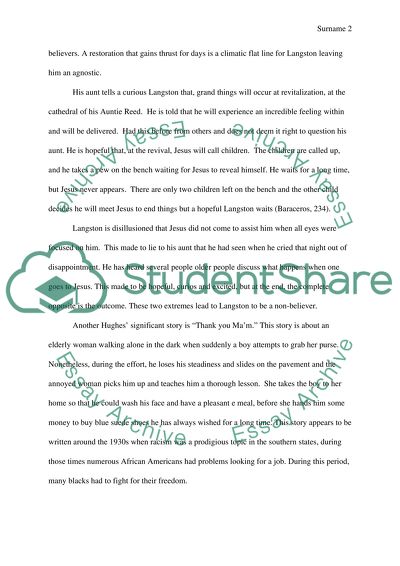Cite this document
(“The Life of Langston Hughes and his use of Religion, Rite of Passage, Research Paper”, n.d.)
Retrieved from https://studentshare.org/english/1398255-the-life-of-langston-hughes-and-his-use-of
Retrieved from https://studentshare.org/english/1398255-the-life-of-langston-hughes-and-his-use-of
(The Life of Langston Hughes and His Use of Religion, Rite of Passage, Research Paper)
https://studentshare.org/english/1398255-the-life-of-langston-hughes-and-his-use-of.
https://studentshare.org/english/1398255-the-life-of-langston-hughes-and-his-use-of.
“The Life of Langston Hughes and His Use of Religion, Rite of Passage, Research Paper”, n.d. https://studentshare.org/english/1398255-the-life-of-langston-hughes-and-his-use-of.


